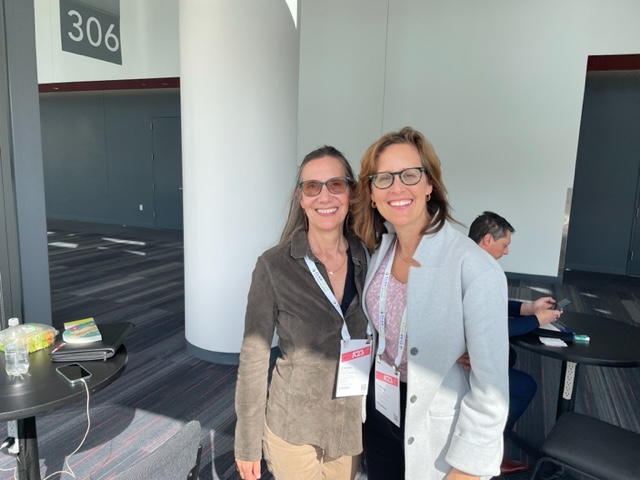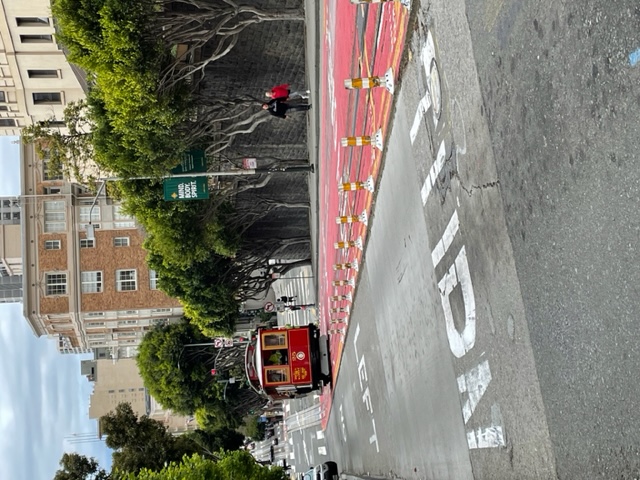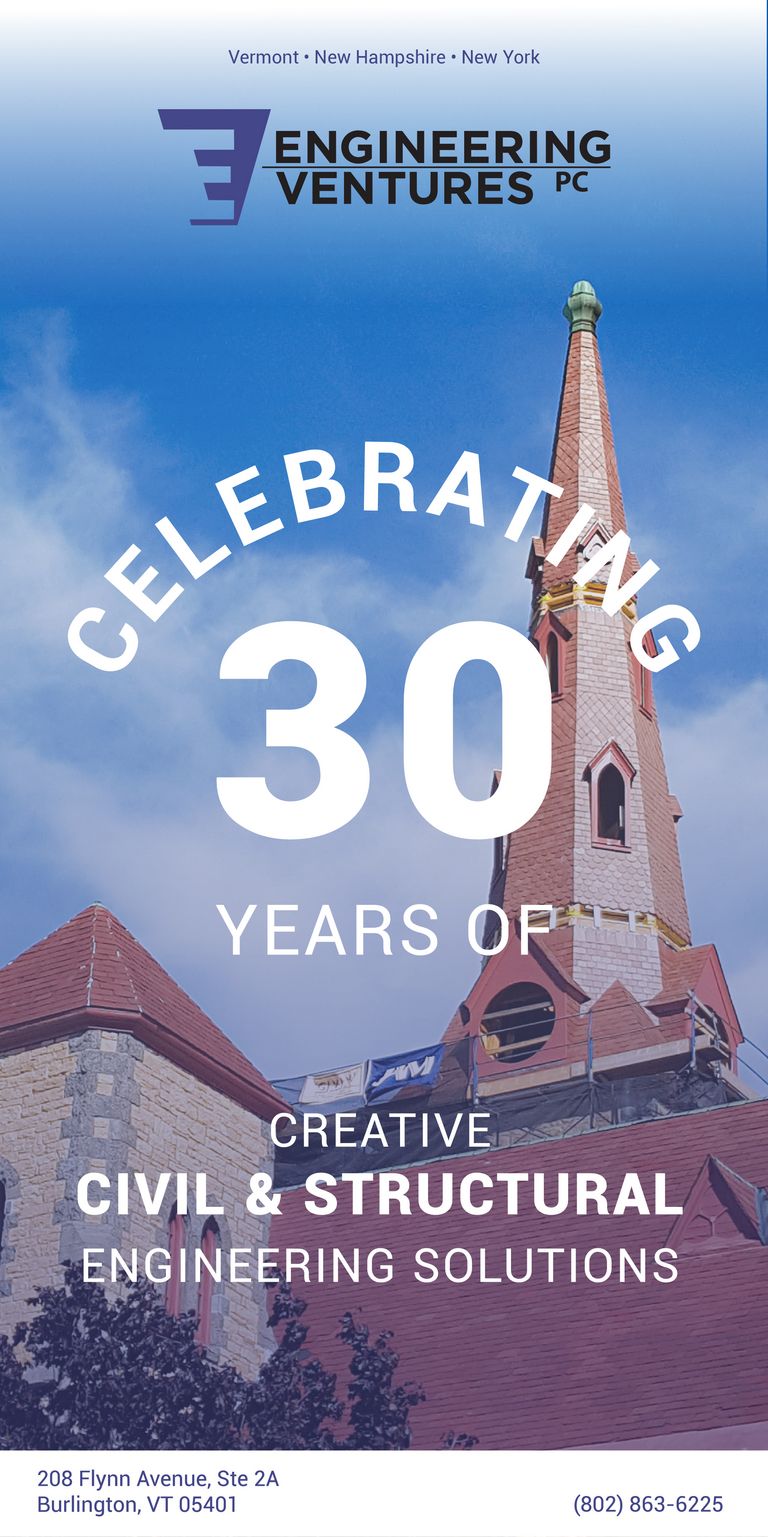A'23 In San Francisco
By AIA Vermont President, Eleanor D'Aponte, AIA
It was an honor to attend the national conference “AIA ’23” this year in San Francisco on behalf of the Vermont component. The sheer volume of this gathering -more than 13,000 attendees-reinforced the collective influence that architects have in the industry and in society.
Our community felt both vast and intimate; I ‘bumped’ into our incoming 2024 National President, Kimberly Dowdell, and let her know that VT was “in the house” and well represented for a small chapter. David Epstein and Cam Featherstonhaugh of TruexCullins presented their exemplary design for the Winooski School District. They have developed timely solutions with and for a unique community that includes the lowest per capita income Vermonters and New Americans. I think their process and solutions should be encapsulated into a set of guidelines and applied to every single school designed in the state. Kudos to Brian Mac and Birdseye Architecture for bringing their team of promising young designers to meet and learn from architects doing great work across the globe.
I attended with my Barnard College /Columbia University architecture program bestie, Susannah Harrington. She is an urban planner and transit guru in NYC. In between sessions we covered a lot of ground, walking through many neighborhoods, riding public transit, cruising through the harbor, and on the last day of the conference, before our red eye back east, hiking historic trails on the interior greenbelt. The small city provides an endless diversity of natural and built experiences.
San Francisco is one of the slower downtowns to recover economically from the pandemic and hopefully the conference funneled resources to local businesses. The homeless situation is dire and offers a cautionary tale to all stakeholders, including architects, in the homeless crisis currently facing Vermont. As we observed the situation- we collectively wore our ‘native New Yorker’, ‘Architect’, and’ Urban Planner’ thinking caps. We admired the formalized and colorful canopies of the SFMTA bus stops-and also noted that all the sleek modern panels had been removed to dissuade encampment and sheltering; we ventured onto truly apocalyptic feeling streets, with tents pitched along sidewalks, and heartbreaking scenes of displaced and distressed human beings. We imagined stop gap design measures such as public restrooms and free clinics for drug users (as modeled by Zurich, Switzerland in 1994 in response to a heroin crisis). In my mind’s eye the aesthetics of our triage visions were coarse and unfinished. I felt a general unease and helplessness and appreciated that there were at least 20 conference sessions that focused on affordable housing and homelessness.
The keynote by the Honorable Dame Jacinda Arder was the defining highlight of the week. She presented an example of a beautiful housing project in the Maori style built in New Zealand, called HomeGround. Only after a discussion on aesthetics, did she reveal that it was designed for a homeless user group. I felt a simple, but profound shift in my own thinking and biases. What is possible when society designs beautiful spaces-not just stop gap structures-for marginalized communities?
A few local examples of housing projects were included on the conference schedule: a tour of Tahanan Supportive Housing, an example of modular prefabricated housing for the homeless in the SoMA district of San Francisco filled up quickly. The project offers 145 studio homes created from 8- modules and was stacked by the contractor in 10 days. Another project, 1064 Mission Street featured a program seeking to conquer homelessness through Food Employment Services or CHEFS.
Lastly, other conference highlights included an Expo with vendors and sponsors, a (very popular) puppy petting station, and over 60 sessions on climate focused design work.
Some more information and a summary of the annual business meeting can be found here:
https://www.aia.org/articles/6635990-2023-annual-meeting-streamlines-proceeding






